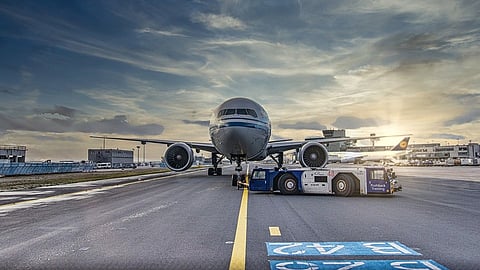Following the adjustment for a range of factors, including demographics, health behaviors, comorbidities, and environmental exposures such as greenery and light at night (LAN), the findings revealed that the likelihood of sleeping less than seven hours increased as airplane noise exposure escalated.
Additionally, the study found that nurses residing on the West Coast, near a significant cargo airport or a large body of water, as well as those who reported no hearing loss, were more inclined to experience short sleep durations.
Bozigar comments that "We found surprisingly strong relationships for particular subgroups that we are still trying to understand," and further adds, "For instance, there was a relatively strong signal between aircraft noise and both dimensions of disrupted sleep, short sleep duration, and poor sleep quality, near major cargo airports. There is likely more going on to this story, as cargo operations tend to use larger, older, heavily laden, and therefore noisier aircraft that often fly through the nighttime hours. And the quantity of cargo shipped by air has been steadily increasing over the last couple of decades, possibly linked to more e-commerce. If the trends continue, it could mean more aircraft noise impacts to more groups of people."
Although the study results indicated a clear correlation between airplane noise and sleep duration, the researchers did not observe a consistent relationship between aircraft noise and the quality of sleep.
Dr. Bozigar emphasized that although a single study is insufficient to recommend policy changes, their study of around 90 US airports revealed a correlation between aircraft noise and inadequate sleep. He also noted that future research could fill in current gaps in knowledge by including additional demographic groups and more detailed metrics of aircraft noise, as well as measuring sleep through wearable activity monitors. The impact of other common sources of transportation noise, such as from cars and trains, also needs to be determined. (PB/Newswise)


